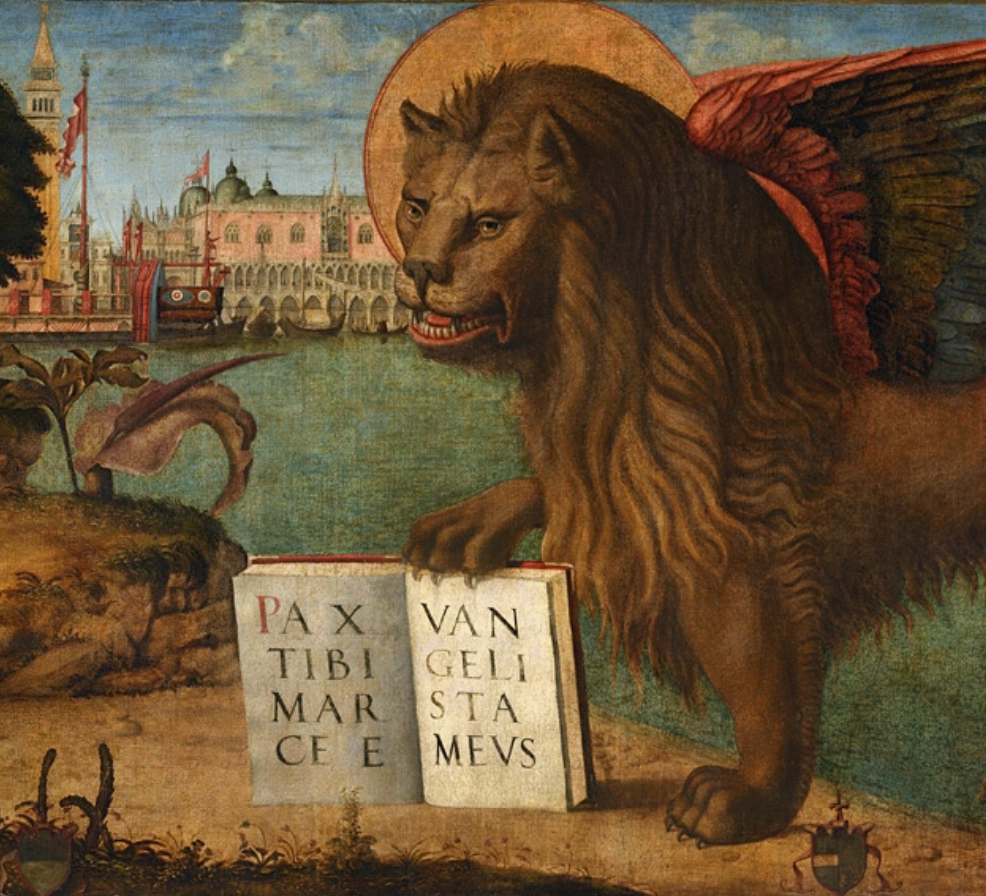Undergradute Seminar: Venice — Timeless City, 697-1797

From its mythical origins in 421 AD to its fall in 1797 to Napoleon's troops, Venice was a city like no other. A cosmopolitan republic built out of the sea, Venice flourished into one of the wealthiest cities of the Mediterranean world in the medieval and early modern periods. For centuries, the Venetian Republic dominated trade networks in the Mediterranean and served as the gateway between Europe and Asia. During the Renaissance, La Serenissima — "the most serene republic" — thrived as a center for innovations in the visual arts and architecture. Early modern Venetians were masters of self-definition and diplomacy. In this course, we will explore the art and material culture of the Republic of Venice, from the election of its first doge in 697 to the waning of the city's power throughout the 18th century. Lagoon ecology and the city's unique geography emerge as crucial factors defining the urban infrastructure and shaping artistic production. We will examine how visual art and architecture defined the built environment and civic identities at home and abroad.
Course Readings: Available through Canvas. There is no textbook.
Course Requirements: Reading outlines (20%); essay midterm (20%); final paper (2,000-2,500 words) (30%); attendance and participation (30%)
Intended Audience: All are welcome. No prerequisites.
Class Format: Two 80-minute seminar sessions per week, with in-class discussions, workshops, and activities.
Keywords: art, urban architecture, landscape, ecology, material culture, identity, Italy
HISTART Distribution Requirements: Europe and the US, Early Modern; transhistorical